The European market of trucks and buses in 2017 dropped as a whole

December 2017, significantly lowered the results of the CV market in Europe

In December 2017 year of registration of commercial vehicles (including LCV) in the EU were down (-3,5% to 205 949 units), which was driven, in particular, reduction of one working day in compared last December. from the market EFTA (Switzerland, Norway and Iceland) the market has decreased on 4,2% up to 212 946 units of Demand decreased in all segments and in the five largest EU countries for with the exception of Germany (+0.2% to 31 507 units). the Italian market showed the strongest decline of registrations in December drop -17,4%
(up to 26 464 units.).
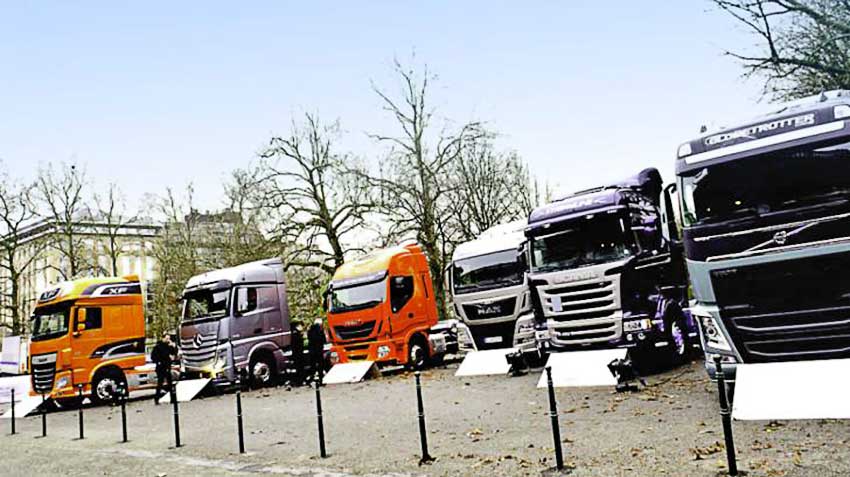
In 2017 the demand for new commercial vehicles remained positive on the whole territory of the EU, reaching 2 403 414 units, which is a 3.2% more than in 2016. Together with EFTA market rose also on 3.2% to 2 486 385 unit Sales in Spain grew in the greatest extent (+13.5% to 227 303 units), followed by France (+6.9% to 495 052 units), and Germany (+ 3.3% to 369 146 units). by contrast, demand fell in Italy (down 2.3% to 221 263 units) and the UK (-4,4% to 420 378 units).
Commercial vehicles (MHCV)
In December 2017 years, the truck segment (MCV+HCV) have experienced a significant decline (of-6,7% to 29 051 units) against December 2016. from the EFTA truck market decreased by 6.8% to 29 739 units. Demand in the cargo segment decreased in the UK (-22,2% to 3919 units), Italy (down 13.5% to 2784 units), Spain (-5,8% up to 1843 units) and Germany (-5,3% to 6768 units), but quite well brought up in France (+7.5% to 4389 units).
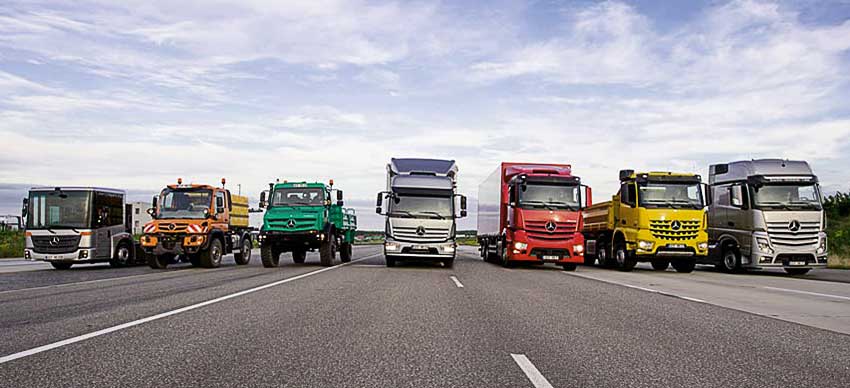
In General, in 2017 year the European Union was 367 102 new truck is virtually the same (-0.2 percent) as in 2016. Totally with EFTA market remained almost on"zero" with 378 323 units Markets of France (+6.5% to 51 3908 units) and Italy (+4,5%
to 24 373 units) showed fairly good growth in 2017, but in UK Germany check trucks fell (-7,1% and -0,9% respectively, 50 809 units and 91 755 units).
HCV
Results December segment of the new heavy trucks (GVW 16 tons) was on a 6.2% lower than the same month last year (23 to 137 units.). with EFTA market showed a similar decrease (-6,2% to 23 672 units). Demand for heavy trucks has decreased in the UK (-24,9% to 2913 units), Italy (-8,7% to 2290 units) and Spain (-5.5% of up to 1596 units)
although the French market has shown quite good growth (+7.6% to 3818 units).
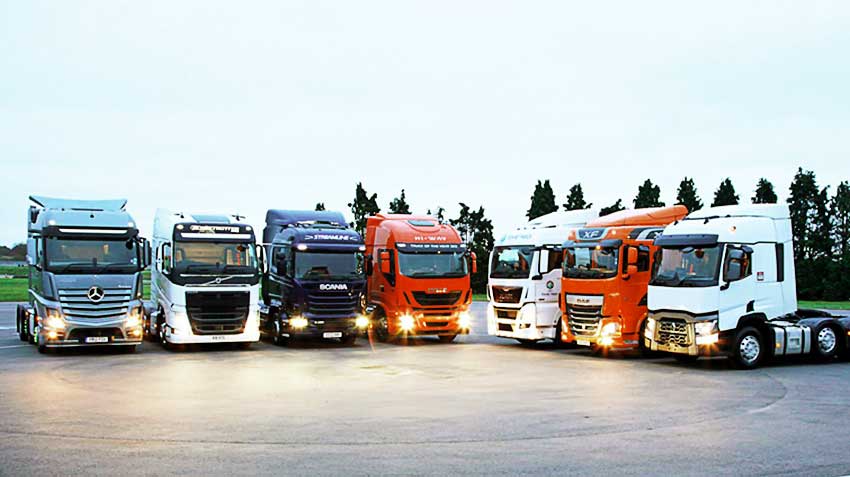
For the entire 2017 year was observed only a slight increase in the demand for HCV (+0.5% to 297 171 units). Together in EFTA market rose for 0.8% to 305 586 units Italian market showed the strongest growth (+8.4% to 19 634 units), followed by France (+6.9% to 44 452 units) and Germany (+1.4% to 64 747 units). With the other hand, demand for heavy commercial vehicles decreased in the UK (-7,9% to 36 180 units) and in Spain (down 0.6% to 20 659 units.).
background: on road freight transport accounts for the majority of trunk and distribution transport on the European continent. The volume of cargo transportation by road is 71.3% of all cargo transported on land.
– Modern fleet of lorries in the EU is about 6.5 million.
– In 2016 the EU was produced 417 339 trucks.
– In 2016 the world was exported 472 499 units of European trucks (GVW over 5 tons) on the amount of €5.3 billion. It is possible to improve the positive trade balance of the European Union in the amount of €4.9 billion
– The freight turnover of road freight transport in billion tonne-kilometres over the period 2000-2014 increased on 14,3%.
Despite the increase in goods traffic, in between 2001 2014 the death toll from the use of trucks decreased by 53%.
Middle and large buses (MHBC)
In December demand EU new mid-size and large buses and long-distance liners (coaches) were fairly stable than 2016 years (of -0.3% to 4295 units). with EFTA market shrank by 0.7% to 4488 units And still, registration dropped to most of the major EU markets, especially in the UK (-24% to 538 units) and Spain (-25,6% to 294 units), for with the exception of France, which showed growth of 48.1% (up to 813 units). it is Noteworthy that the strong results were observed in the member countries of the ES12, so check-in them for December at 47,8% (up to 881 units).
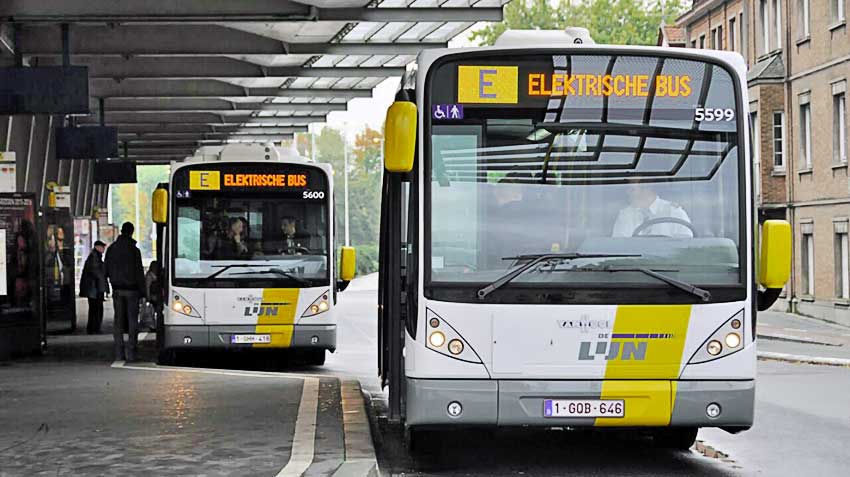
For the entire 2017 the year the market of buses and coaches in the EU declined slightly (-0,5%), reaching 40 515 units. with EFTA market shrank by 1.1% to 42 573 units markets in the UK and France showed a drop of -18,8% and -4%, respectively, to 7420 units and 6329 units, but the new registration of buses and coaches has increased significantly in Italy (+20.3% to 3357 units) and Spain (+6.9% to 3527 units). In ES12 registration increased by 8.9% to 6384 units.
Growing market for electric buses, which is supported by the C40 initiative. It is assumed that now is the time a fracture occurs on the market when the orders are new diesel cars start seriously give growth orders hybrid battery buses (of course, first of all, city cars, production of which has mastered or almost mastered all notable manufacturers of buses in Europe).
background: regulation plays a significant role in the growth of the European market of buses. According to as January 2017 years, all buses sold in the EU, had to comply with the emissions standard Euro 6, which is 75% below the emissions of NOx and and 95% lower level of soot emissions from the level of Euro-5. However, the analysis of UITP (Union International des Transports Public) shows that in 2016 almost half of the bus fleet, the EU still worked at the standard Euro 3 or earlier that speaks about what the program bulk fleet is clearly broken.
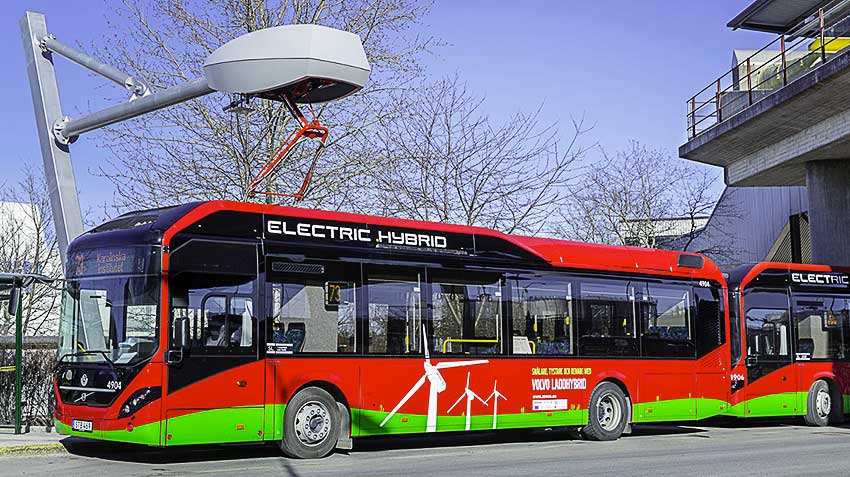
Because of this, for example, urban authorities in many European cities take their own initiatives at the expansion of the market of buses. So, may 2015 years city network C40 LEV (low-emissions) has created the initiative "Clean bus", which obliges parties to reduce emissions and use only machines with low and zero emissions. Therefore C40 is a network of large cities, combined their efforts in combat climate change, covering more than 90 cities with a total population of over
650 million people.
|
|
|








